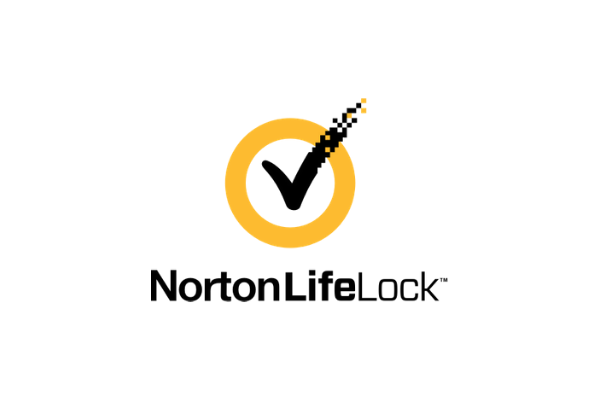Insights
INSIGHTS
All Topics
My Account
Are charities too reliant on the cloud?
14 Jun 2021by Aidan Paterson
Recent issues with Fastly’s cloud-based CDN solution led to well-publicised internet outages. We examine what this means for a charity sector that is rapidly migrating vital digital infrastructure to the cloud
On 8 June 2021, thousands of websites were brought offline for around an hour. Among those effected were major platforms such as Amazon, Reddit, and Spotify, as well as several leading UK and US news outlets, and even the UK government website.
The problems were found to be a result of issues with Fastly – a cloud-based CDN provider that delivered vital digital infrastructure to all the sites affected.
Longtime users might assume that CDN stands for Charity Digital News, but in this case the acronym refers to a Content Delivery Network: a geographically distributed network of proxy servers and data centers that provide high performance and high traffic hosting solutions for client websites.
Some tech-savvy social media users saw the funny side, as they realised that the outages raised a programming conundrum of Sisyphean proportions. How can you diagnose and fix a web issue when GitHub and Stack Overflow are among the sites taken offline?
The disruption caused by the outage was minimal, and most of the sites affected were back up and running within an hour. But the incident raises interesting questions about our increasing reliance on a small number of SaaS (Software as a Service) providers, and even on the cloud itself.
Charities have been moving towards the cloud for some time
The charity sector has been warming to the cloud for several years. The onset of the COVID-19 pandemic in early 2020 accelerated existing trends and led to increased demand for cloud-based services, as many charities had to pivot to remote working and service delivery at short notice.
As more and more charities have adopted cloud-based solutions, many digital leaders have seen the benefits, and cloud computing has become standard practice.
One of the most prominent early adopters of cloud-based solutions in the charity sector are Comic Relief, who migrated the hosting technology behind their ‘Big Night of TV’ fundraiser to AWS’s cloud-based service.
The result was a massive decrease in hosting fees. In 2015, the hosting technology that supported the annual night of TV cost Comic Relief approximately $83,000 (£58,650 approx). In 2020, that cost had fallen to less than $5,000 (£3,530 approx).
Another example of a charity making the most of the flexibility offered by cloud computing is Age UK’s Silver Line helpline. Age UK used AWS’ cloud-based solutions to rise to the challenges of the COVID-19 pandemic and remote working.
The charity used cloud technology to transform The Silver Line into a virtual call centre that would enable volunteers to answer calls from home. Service users, meanwhile, could call the helpline as normal.
What are the benefits of cloud computing?
The cloud offers a wide range of advantages to any organisation seeking to make their digital operations more efficient. Many of these benefits will be of particular interest to charities, who may lack the budgets and technical skills of large corporate businesses.
One of the obvious benefits is that cloud computing is usually much cheaper. It can be expensive to develop bespoke services. Even if you have the resources to do so, unless your needs are specific, it is likely that whatever you develop will not be able to match the powerful functionality offered by major tech platforms.
This is one of the reasons behind the rise of the SaaS model in recent years. In much the same way that is it cheaper to take out a monthly subscription to Spotify than it is to buy dozens of individual albums, it is far more cost effective for charities to rely on the cloud-based solutions of providers than it is to develop or purchase their own hosting services.
Many of these SaaS providers also boast simple user interfaces with ‘plug in and play’ functionality. This means that smaller charities do not need to enlist the expensive services of a developer. Cloud computing can help small to medium sized charities to function more efficiently.
What are the potential issues of cloud reliance?
While reports of distributed denial-of-service (DDoS) attacks targeting Fastly are no more than speculation at this point, the idea does raise an interesting point – as more and more websites are built using the same technology, any disruption to these foundations will take a greater proportion of the internet down with it, creating a sort of digital domino effect.
Another concern is that an overreliance on a small number of cloud service providers could lead to a monopoly. If most websites are built using the services of a select cadre of cloud service providers, then these providers would be able to adjust terms and pricing at will.
This could lead to a ‘squeeze’ whereby these providers manipulate the cost of cloud services in an unregulated market, leading to inflated costs.
At the end of the day, the move to cloud-based systems is already well underway. For most charities, reliance on SaaS will provide cheaper, more efficient solutions that allow teams to offer better support to their service users.
Digital leaders should simply be prepared to hold cloud service providers accountable as society continues its journey towards adopting cloud computing as the standard.
More on this topic
Recommended Products
15 Jan 2025by Jane Waterfall
A charity guide to maintaining Cyber Essentials all year roundSponsored Article
15 Jan 2025by Jenny Phipps
Cyber security: what to look out for in 2025Sponsored Article
Our Events
Charity Digital Academy
Our courses aim, in just three hours, to enhance soft skills and hard skills, boost your knowledge of finance and artificial intelligence, and supercharge your digital capabilities. Check out some of the incredible options by clicking here.



















